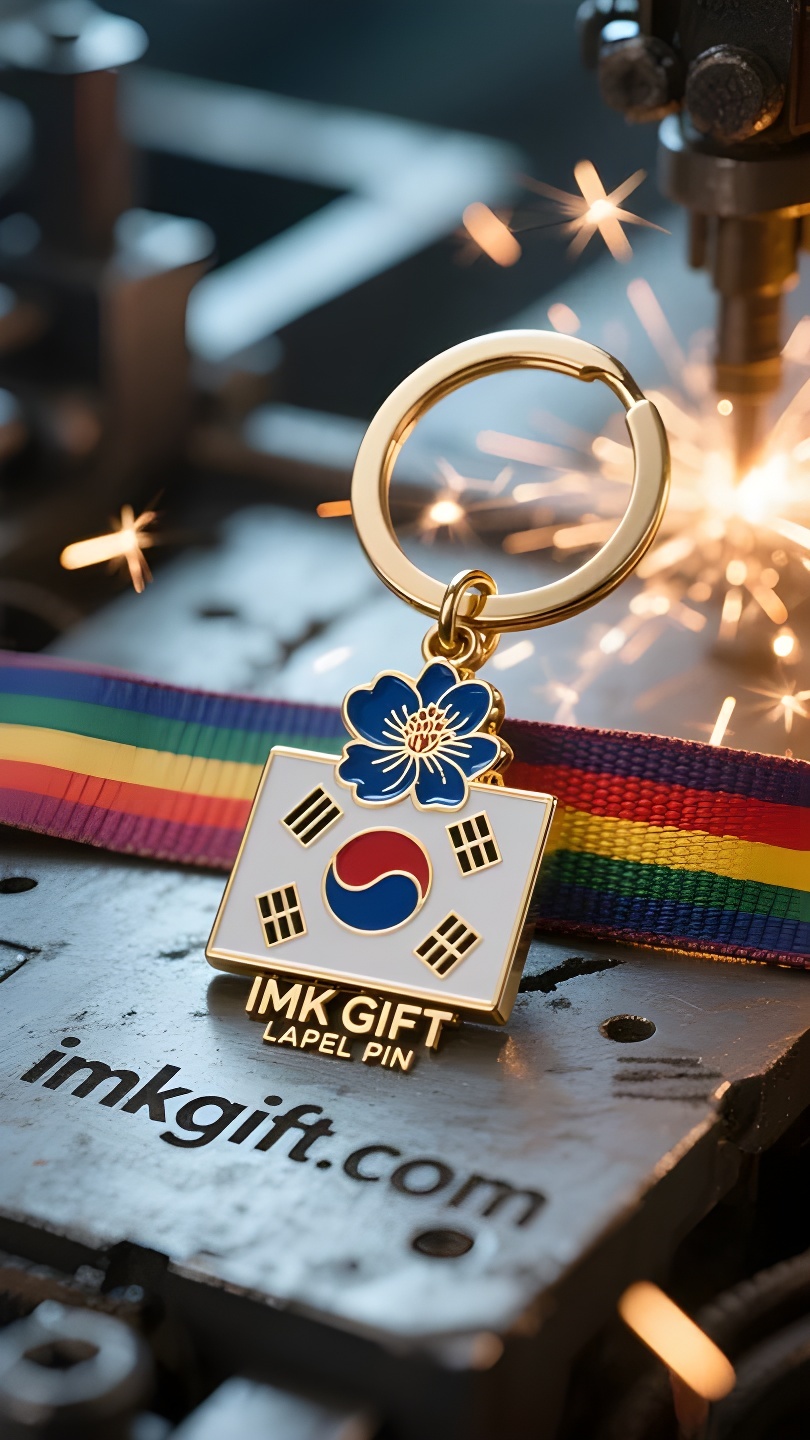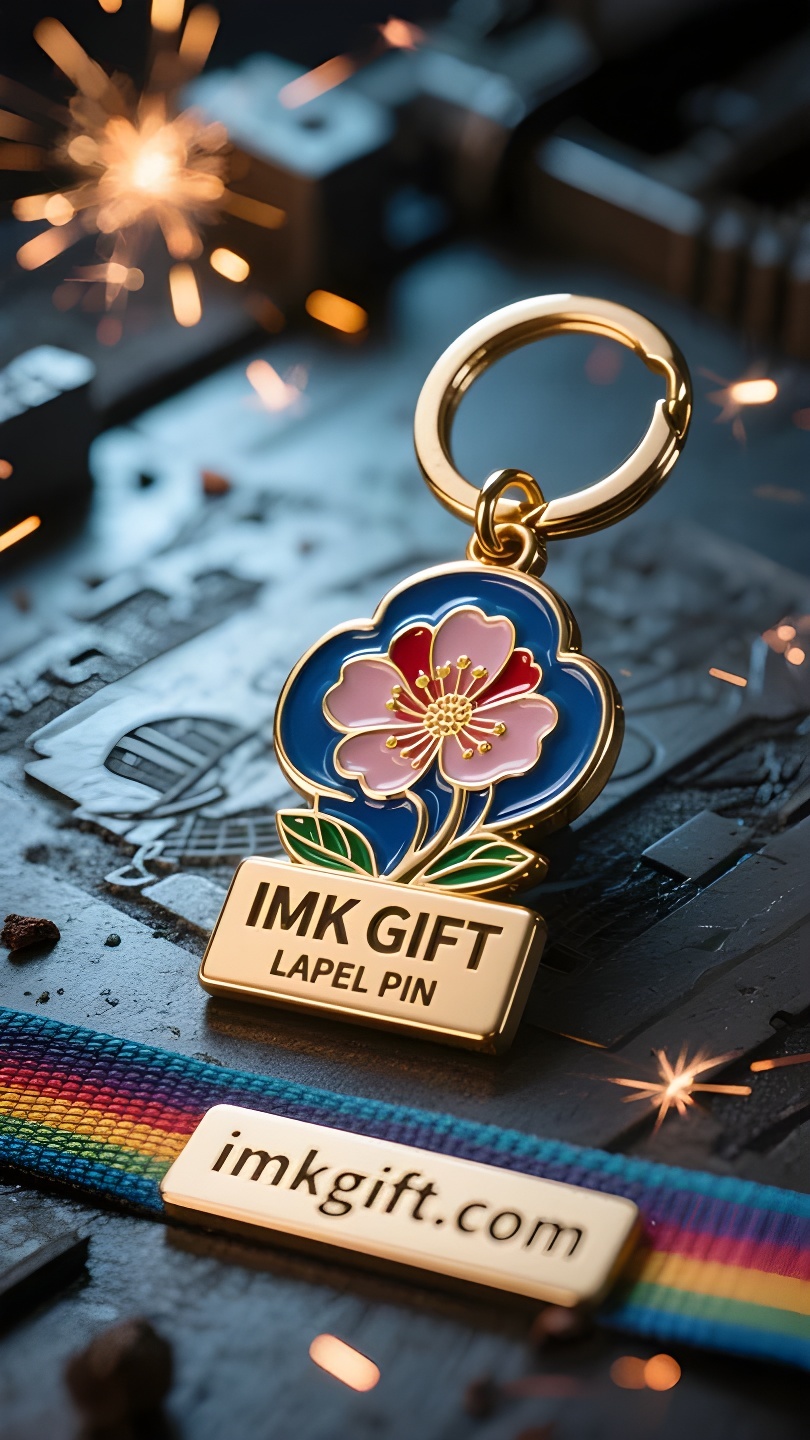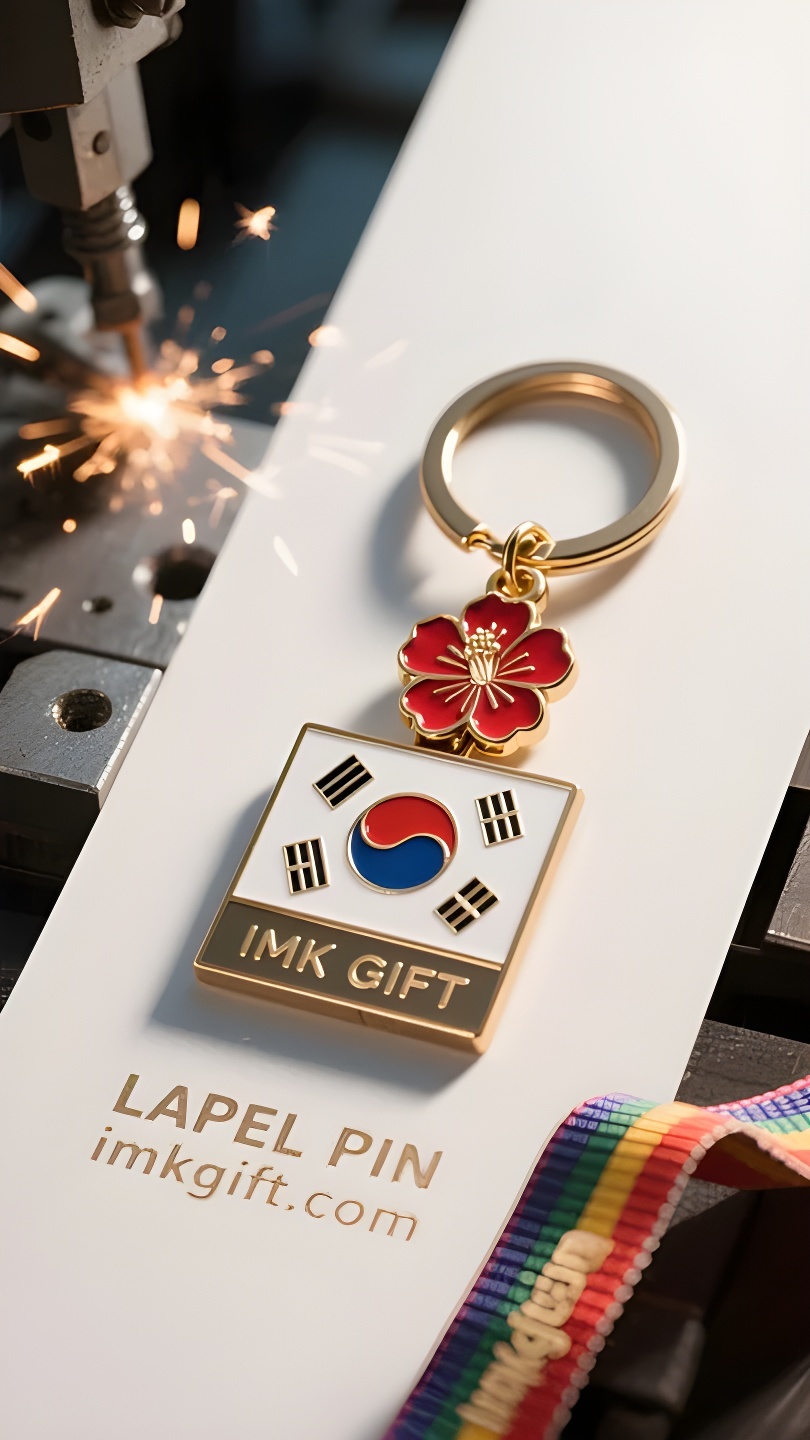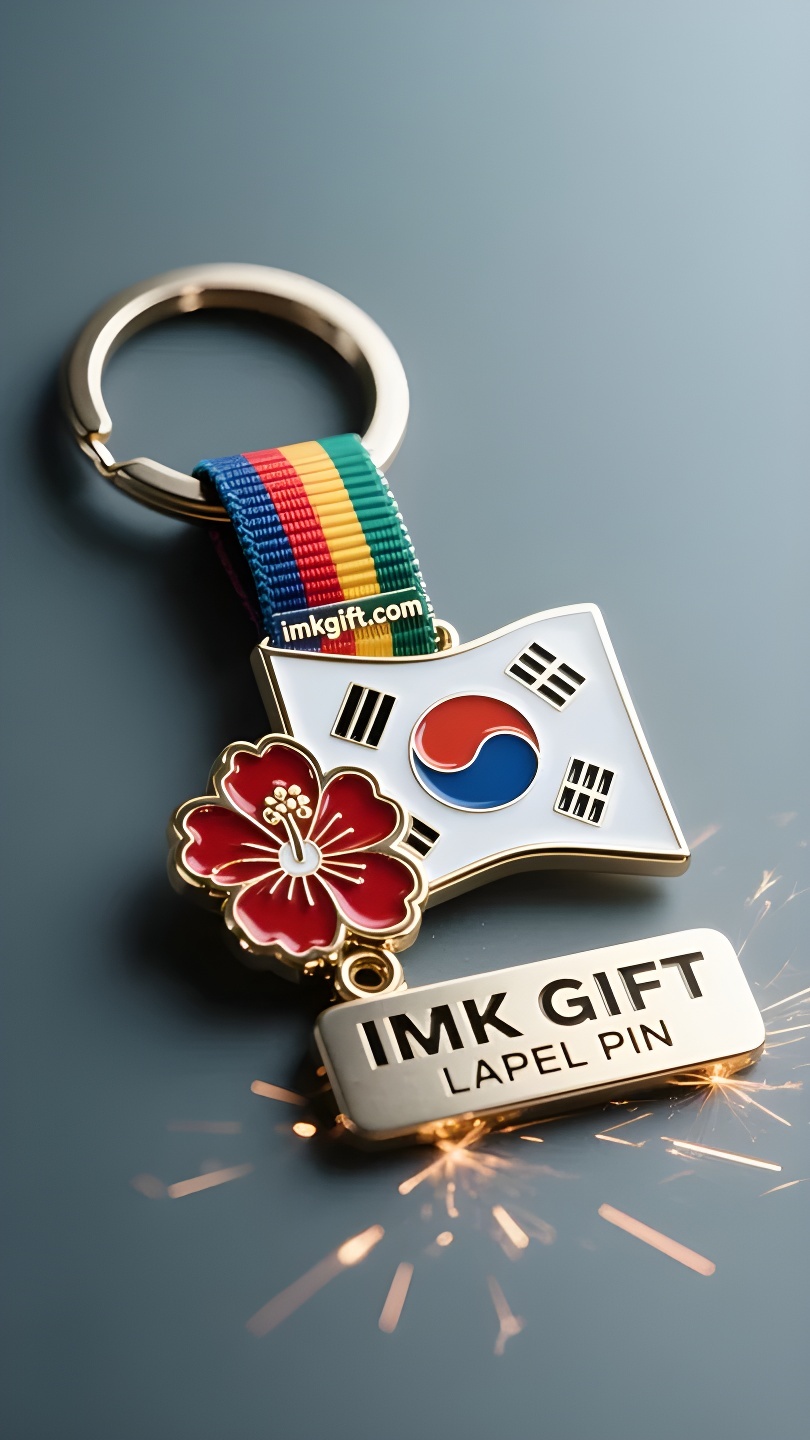in991-무궁화꽃이-피는-곳-태극권의-영혼은-가슴속에-숨겨져-있습니다
▼
매년 3월, 한국인들은 ‘3월 1일’을 기념하며 조상들의 투쟁 정신을 기립니다. 국기가 바람에 펄럭이는 것처럼, 붉은색과 파란색 태극권의 음양이 융합되고, 사괘의 천지 균형이 역경 속에서도 지속되는 활력을 말해줍니다. 열쇠고리에는 조용히 꽃을 피우는 목화꽃이 있어, 현대인이 늘 지니고 다니는 영적인 토템이 되었습니다. 무궁화 열쇠고리의 의미는 한국의 국화인 ‘무궁화’와 같습니다. 아침에 꽃 한 송이가 피고 저녁에 시들어도 뿌리는 언제나 강하고 번성한다는 의미입니다. 이 작은 금속 꽃잎은 사람들에게 모든 좌절이 새로운 삶의 서곡이라는 것을 상기시켜줍니다. 마치 목화꽃이 시든 후에도 다시 피어나는 것처럼요. 배낭이나 주머니에 열쇠고리를 걸어 놓는 것은 국가의 회복력을 마음에 새기는 것과 같으며, 부드러움으로 강인함을 극복하는 지혜를 일깨워줍니다. 태극기의 흑백 흐름은 인생의 기복을 상징합니다. 열쇠고리가 덜그럭거리며 부딪히는 소리가 들렸습니다. “어려운 상황에서도 균형을 유지할 수 있나요?”라고 묻는 것 같았습니다. 당신은 충동 속에서도 초심을 지킬 수 있나요? 목화꽃의 다섯 꽃잎은 자비, 의로움, 예의, 지혜, 신뢰라는 전통적인 미덕을 상징하며, 현대인에게 필요한 용기, 끈기, 관용, 희망, 혁신을 의미하기도 합니다. 손끝으로 열쇠고리의 무늬를 쓰다듬으면, 역사에 의해 완화된 영적인 암호가 조용히 깨어날 것입니다. 이것은 단지 집의 문을 여는 도구가 아니라, 마음의 문을 여는 열쇠이기도 합니다. 앞으로 나아가는 모든 사람에게, 진정한 힘은 시끄러운 구호가 아니라 묵묵히 인내하는 일상에 있다는 것을 일깨워줍니다. 하비스커스의 뿌리가 땅에 깊이 뿌리를 내리듯이, 우리의 신념도 평범한 해에 뿌리를 내려야 합니다.
Every March, Koreans use the “March 1st” to remember the spirit of struggle of their ancestors. When the national flag is spread out in the wind, the yin and yang of the red and blue Tai Chi and the balance of heaven and earth of the four hexagrams tell of the sustainable vitality in adversity. And a hibiscus flower quietly blooms on the keychain, becoming a spiritual totem that contemporary people carry with them. The meaning of the hibiscus keychain is just like the original meaning of the Korean national flower “Mugunghwa” – even if a single flower blooms in the morning and withers in the evening, the root system is always tenacious and prosperous. This small metal petal is a reminder that every setback is the prelude to a new life, just like the hibiscus flower will still bloom after withering. Hanging the keychain on a backpack or pocket is like pinning the nation’s resilience in your heart, reminding yourself of the wisdom of overcoming hardness with softness. The black and white flow of the Taegeukgi implicitly matches the normal ups and downs of life. The keychain seems to be asking between the clinking and colliding: Can you maintain balance in difficult situations? Can you keep your original intention in the impetuousness? The five petals of the hibiscus flower symbolize the traditional virtues of benevolence, righteousness, courtesy, wisdom, and trustworthiness, and also correspond to the courage, persistence, tolerance, hope, and innovation that modern people need. When your fingertips touch the lines on the keychain, the spiritual codes tempered by history will quietly awaken. This is not only a tool to open the door, but also a key to open the door of your heart – reminding everyone who moves forward: the real power is not in the noisy slogans, but in the silent and persistent daily life. Just as the roots of the hibiscus are deeply rooted in the soil, our beliefs must also take root in ordinary years.
每年三月,韩国人用”三一节”铭记先辈的抗争精神。当国旗随风舒展,红蓝太极的阴阳交融与四卦的天地平衡,诉说着逆境中永续的生命力。而一朵木槿花悄然绽放在钥匙扣上,成为当代人随身携带的精神图腾。
木槿花钥匙扣的寓意,恰如韩国国花”无穷花”的本意——即便单朵朝开暮落,根系始终坚韧繁盛。这枚小小的金属花瓣,是提醒人们:每一次挫折都是新生的序章,就像木槿花凋零后依然会迎来满枝盛放。钥匙扣挂在背包或口袋,如同将民族的韧性别在心头,提醒自己以柔克刚的智慧。
太极旗的黑白流转,暗合人生起伏的常态。钥匙扣在叮当碰撞间,仿佛在叩问:是否能在困境中保持平衡?是否能在浮躁中守住初心?木槿花的五瓣造型,既象征仁、义、礼、智、信的传统美德,也对应现代人需要的勇气、坚持、包容、希望与革新。
当指尖摩挲过钥匙扣的纹路,那些被历史淬炼的精神密码便悄然苏醒。这不仅是打开家门的工具,更是开启心门的密钥——提醒每个前行者:真正的力量,不在喧嚣的口号里,而在静默坚持的日常中。正如木槿根系深扎土地,我们的信念,也要在平凡岁月里落地生根。
▼
Contact Us
📞 Tel: +0086-760-85286839
📧 Email: sales3@imkgift.com








